
Right up front I’m just going to say it; Kirby’s Dream Course is the only golf-based video game I’ve ever thoroughly enjoyed. That being said, it’s not exactly like I’m any sort of authority on the wide world of golf games out there. Sure I’ve knocked through an occasional round of Golden Tee here and there, but for the most part I’ve found that video game golfing is one of the few activities to be more boring than … actual golf. But that’s not really fair to either the noble sport of Golf, nor to Kirby’s Dream Course. With regards to actual Golf (and as a concession to any avid golfers who might be reading this), my aversion pretty much boils down to the fact that Golf is a lifestyle sport that just doesn’t resonate with my lifestyle, and I have neither the patience nor desire to ‘git gud’ at it. That’s on me. Turning back to Kirby’s Dream Course, the first thing you have to realize is that it has almost zero interest in actually trying to be a golf game.
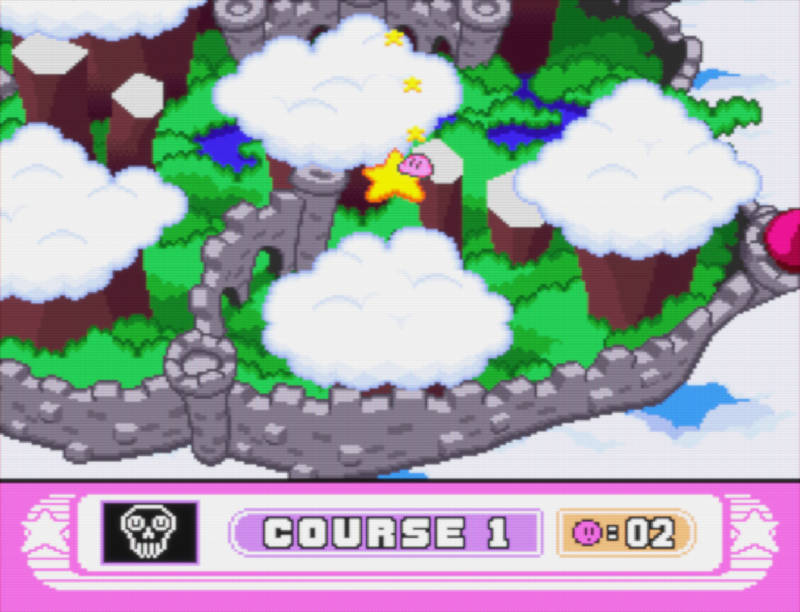
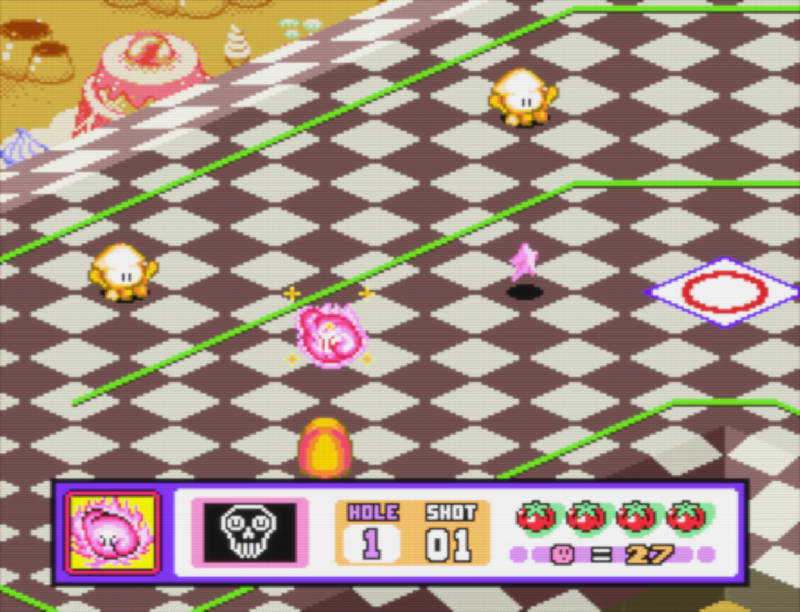
In point of fact, calling it a golf game at all is a misnomer. It’s not a golf game; Kirby’s Dream Course is modeled much more closely on mini-golf (and to be fair I do enjoy mini-golf more than ‘regular’ golf, though only by a margin). What we’re really looking at though is a physics-based puzzle game wearing the ornamental trappings of a mini-golf game. The creative obstacles, hazards, and precision putting which are all fundamental to the game of mini-golf are present here, but they’ve been fused together with signature elements and characters from the Kirby series. In Kirby’s Dream Course, Kirby acts as the ‘golf ball’, but instead of swinging clubs, you control Kirby directly, adjusting his trajectory, spin, and power before teeing off, then launching him across a variety of isometric ‘mini-golf’ courses. Interestingly enough the mechanic for adjusting top/bottom spin and English has always reminded me of the gameplay you might find in a billiards-based game moreso than a golf game.
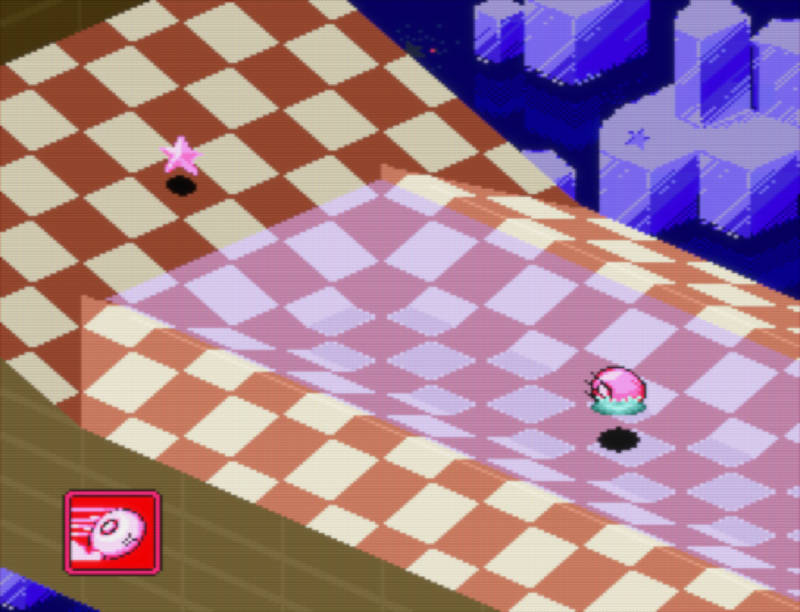
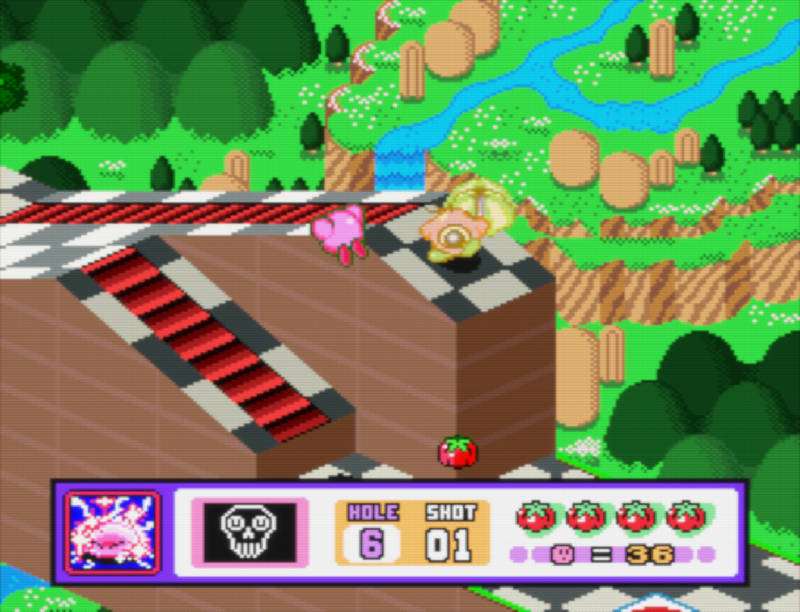
Once Kirby is in motion, you still retain some degree of control over him by way of his iconic transformations and via ‘puffing him up’ to gain a bit more distance and bounce from your shots. Through the use of transformation power-ups you’re able to negotiate obstacles and hazards in classic Kirby style. Suddenly you’re able to leap over trees, freeze water hazards as you glide over the top of them, spin around all manner of obstacles as a tornado, and in later levels even pilot a flying saucer for a limited time. It all adds a fantastic element of strategy to each hole insofar as what power-ups are most helpful. Likewise as you progress through the game the order in which you acquire power-ups for a given hole will also have a dramatic effect on reducing your number of strokes. Careful management of power-ups is absolutely essential to managing your score, and doubly so if you plan on trying for a significant number of Holes in One.
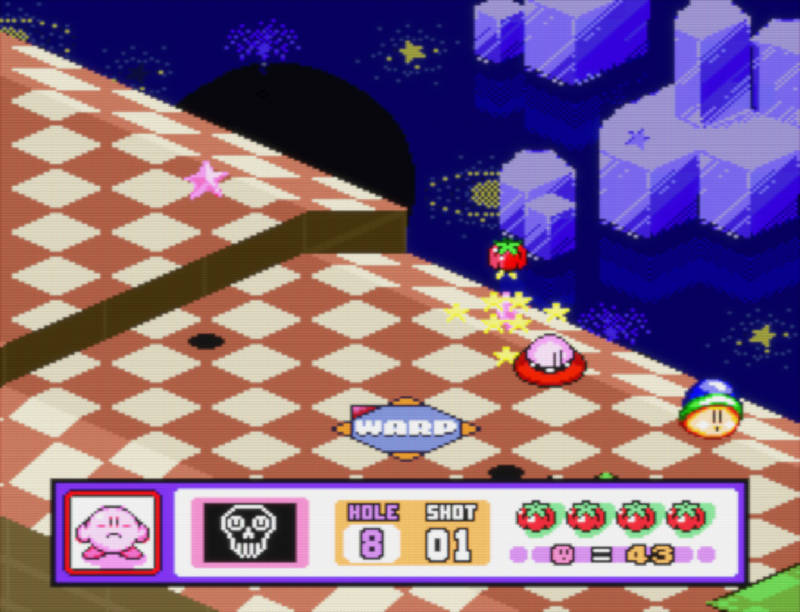
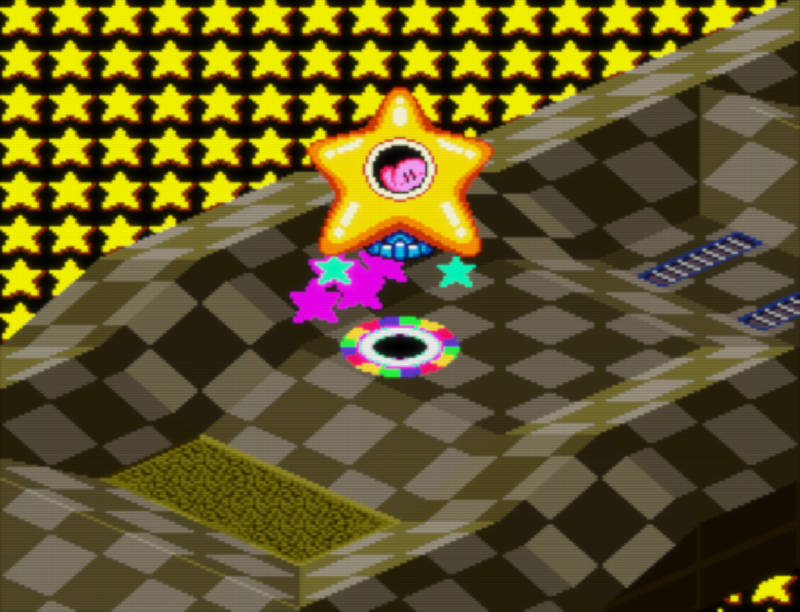
This all adds up to a superb combination of gameplay and mechanics. In classic Nintendo fashion, Kirby’s Dream Course is a masterclass in the ‘easy to learn, hard to master’ school of game design. The Kirby branding and personality certainly add significantly to the charm, but ultimately this is a game that relies on the ingenuity of its mechanics. That said, I think Kirby’s childlike whimsy helps to keep frustration levels at a minimum even on particularly devilish holes, so any potential Happy Gilmore style tirades can be kept safely at a minimum. In conclusion, if like me, you think mini-golf is fine, but secretly wish it would allow you to pilot a flying saucer around the course from time to time, Kirby’s Dream Course might be the game for you. Highly recommended for all gamers who enjoy physics-based puzzles, and for those who don’t mind (or perhaps even prefer) a bit of cutesy whimsicality in their ‘sports’ games. Not recommended for ultra-serious, hardcore golf-sim pros. Nerds.
Final verdict: 9 holes-in-one out of 10.
Leave a Reply